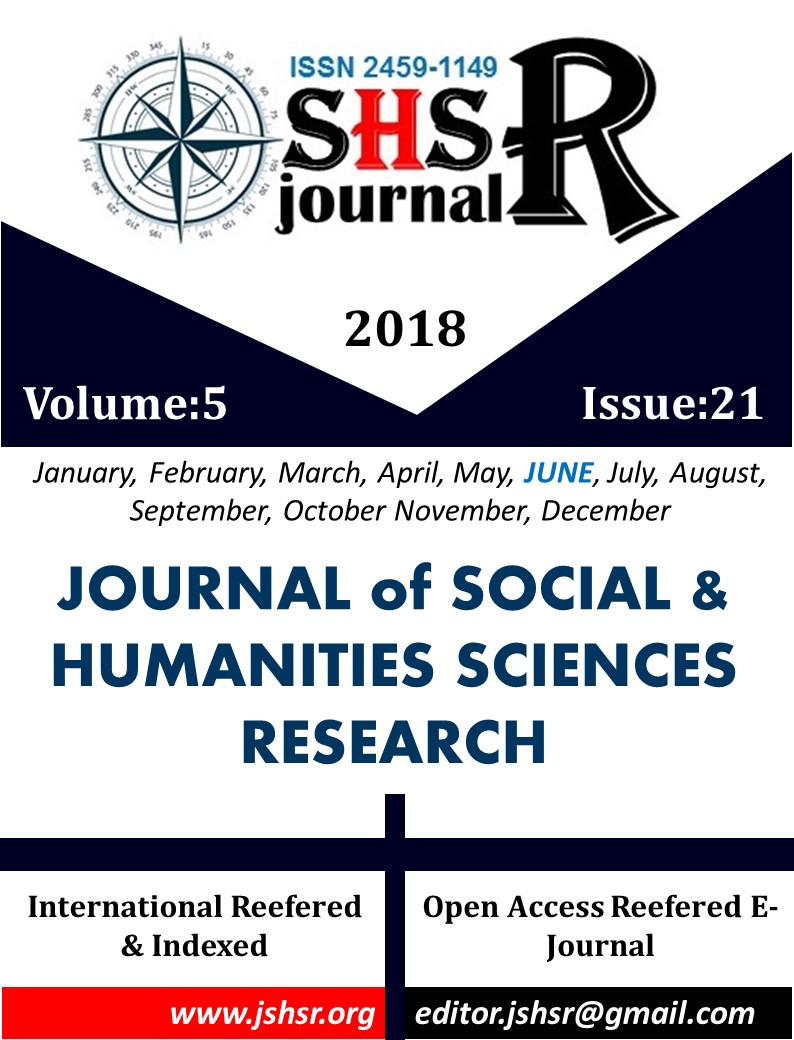ADVANTAGES OF DIGITAL CINEMA IN DIGITAL TRANSFORMATION AND ARİSİNG PROBLEMS
DOI:
https://doi.org/10.26450/jshsr.429Keywords:
Digitization, Digital Cinema, Cinema ve TechnologyAbstract
Radical change of cinema in digital age led transition to a new type of production represented by “Digital Cinema” concept in traditional cinema. While at first images posed on celluloid films were traditionally presented with chemical processes, currently images are recorded, processed, distributed, and presented in digital form. This way, techniques applications which were impossible with traditional methods were enabled, production became simple, easy, and cheap, work of professionals degraded to amateur level, and screening and distribution opportunities increased. However, there were concerns regarding Digital Cinema and those people claimed that digitalisation can harm art of cinema. In this sense, it is extremely important to know which doors does digitalisation open to art of cinema in terms of pros and cons, and what are advantages and disadvantages. In this study, digital transformation of cinema is considered and positive and negative effects of Digital Cinema on production, distribution, and screening stages of art are evaluated. In this study, Digital Cinema concept is defined, how this concept can be interpreted as conceptional and theoretical way are discussed, findings for comparison of conventional and digital film production are presented, these findings are analysed under “advantages” and “emerging problems” in relationship with the topic, future development of cinema is discussed, and which role will cinema art take in this digitalisation sense.
Downloads
Published
How to Cite
Issue
Section
License
Copyright (c) 2018 INTERNATIONAL JOURNAL OF SOCIAL HUMANITIES SCIENCES RESEARCH

This work is licensed under a Creative Commons Attribution 4.0 International License.


